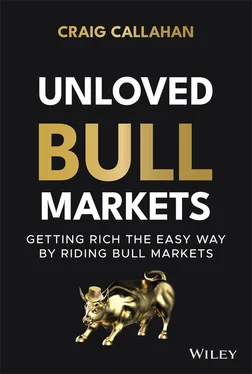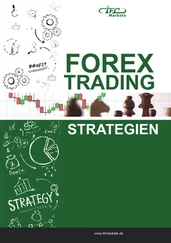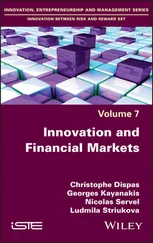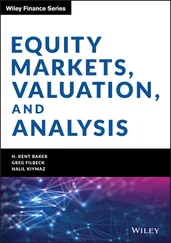Craig Callahan - Unloved Bull Markets
Здесь есть возможность читать онлайн «Craig Callahan - Unloved Bull Markets» — ознакомительный отрывок электронной книги совершенно бесплатно, а после прочтения отрывка купить полную версию. В некоторых случаях можно слушать аудио, скачать через торрент в формате fb2 и присутствует краткое содержание. Жанр: unrecognised, на английском языке. Описание произведения, (предисловие) а так же отзывы посетителей доступны на портале библиотеки ЛибКат.
- Название:Unloved Bull Markets
- Автор:
- Жанр:
- Год:неизвестен
- ISBN:нет данных
- Рейтинг книги:3 / 5. Голосов: 1
-
Избранное:Добавить в избранное
- Отзывы:
-
Ваша оценка:
- 60
- 1
- 2
- 3
- 4
- 5
Unloved Bull Markets: краткое содержание, описание и аннотация
Предлагаем к чтению аннотацию, описание, краткое содержание или предисловие (зависит от того, что написал сам автор книги «Unloved Bull Markets»). Если вы не нашли необходимую информацию о книге — напишите в комментариях, мы постараемся отыскать её.
Unloved Bull Markets: Getting Rich the Easy Way by Riding Bull Markets
Unloved Bull Markets
Unloved Bull Markets
Unloved Bull Markets — читать онлайн ознакомительный отрывок
Ниже представлен текст книги, разбитый по страницам. Система сохранения места последней прочитанной страницы, позволяет с удобством читать онлайн бесплатно книгу «Unloved Bull Markets», без необходимости каждый раз заново искать на чём Вы остановились. Поставьте закладку, и сможете в любой момент перейти на страницу, на которой закончили чтение.
Интервал:
Закладка:
Table 1.2shows the average bull/bear reading during four bull markets based on the weeks when the bull market began and ended. Perhaps the bull market of December 1987 through February 1994 was “unloved” also because its average bull/bear ratio was similarly low as the recent bull market. In Chapter 2we make the case that the sharp market drop in October 2008 was a “crash” and similar to the crash of October 1987. Perhaps severe sudden drops in the market affect investors’ sentiment for the subsequent bull market. Maybe crashes inflict some psychological damage. In any case, investors were much more bullish during the bull markets of the late 1990s and early 2000s. In summary, during this recent bull market, investors usually, and incorrectly, thought the market was going to go lower. We can only presume that they did not fully participate in the bountiful returns. That would seem to qualify as “unloved.”
As evidence that the bull market was “unloved” we saw investors pulling money from equity mutual funds unlike during previous bull markets. Investor sentiment explained that behavior because investors had a more negative view of the market than in the previous two bull markets. This doubt and skepticism were not limited to the individual investor. Some institutional investors, acting as fiduciaries and often presumed to be more sophisticated, demonstrated the same lack of love for equities.
Table 1.2 Average Weekly Bull/Bear Ratio (in %)
| 12/1987–2/1994 | 125.0 |
| 12/1994–3/2000 | 188.3 |
| 9/2002–10/2007 | 174.5 |
| 3/2009–2/2020 | 126.3 |
Public Funds Pension Plans and Endowments
Public Funds are pension plans for state and local governments and professionals like firefighters and police. Employees are elected to a board that manages the plan, usually with the advice of a pension consultant. Public Funds Data, a website, provides data on more than six thousand of these plans nationwide. Figure 1.3shows equities as a percent of assets for those plans from 2001 through 2020. During the bull market from 2003 to 2007 the plans held about 60% of their assets in equities, but after the bear market of 2008, the percentage dropped to near 50% and gradually drifted lower as the stock market moved higher. By tracking equity asset percentage, we can measure the confidence institutional investors had in the market. If they had believed in a continuing strong stock market, they could have increased the equity exposure back up to 60%, but they did not. In fact, equity exposure trended lower during the eleven-year bull market.
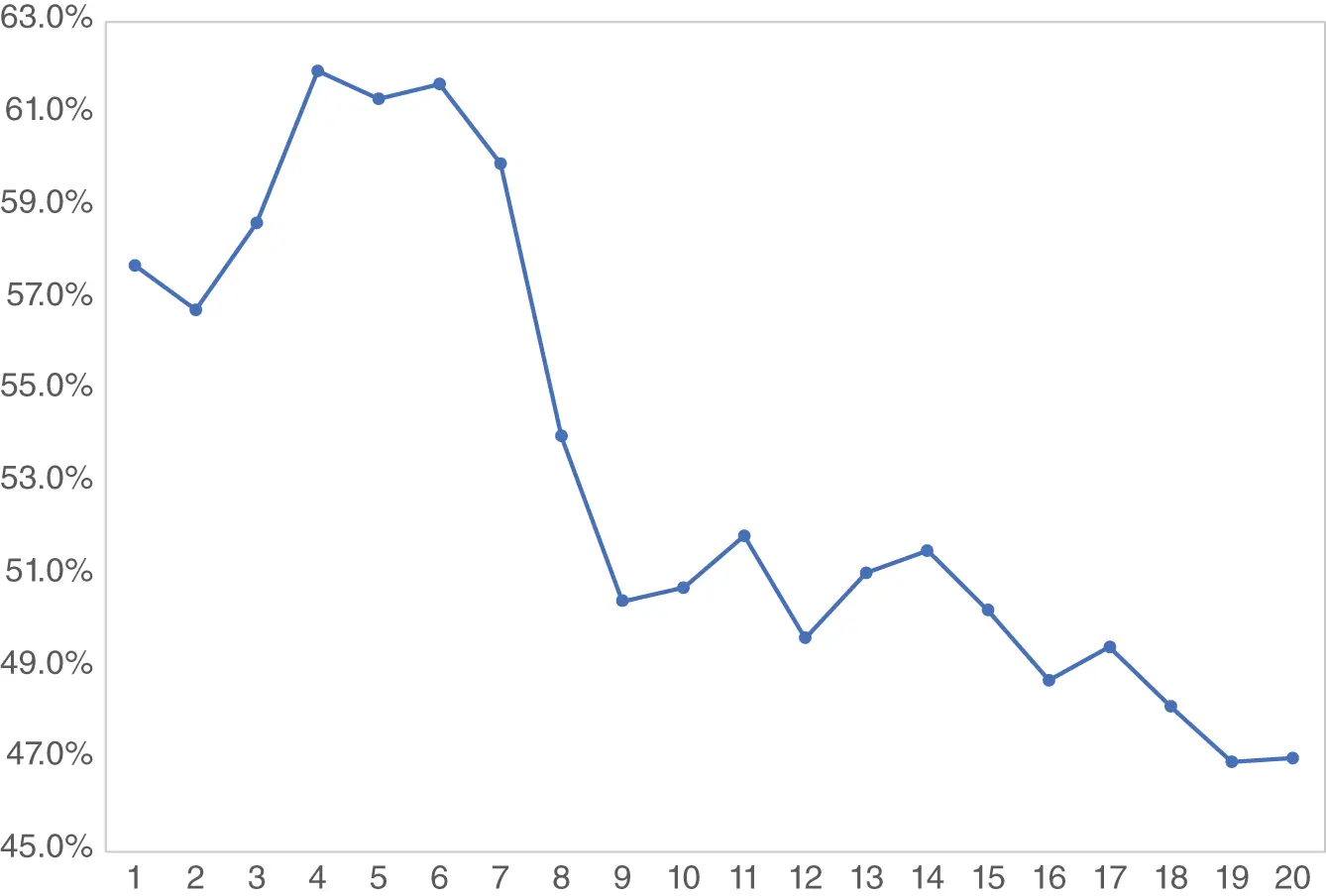
Figure 1.3 Public Funds, Equities as a Percent of Assets
It appears the decreased equity exposure cost the pension plans returns for the benefit of their constituents. As public funds diversify among asset classes that historically have underperformed equities, such as bonds, some alternatives, and some real estate, it is normal for them to lag an all-equity index during a bull market. From 2003 through 2007, average annual return of public funds was 9.78%, lagging the S&P 500, which averaged 13.15% per year. From 2009 through 2019, the amount of lag expanded, probably due to the reduction of equity exposure. Plan annual return was only 4.47% versus the S&P 500 Index of 15.26%.
Barron's covered institutional low-equity exposure in “The Case for Stocks,” by Andrew Bary, July 22, 2019. “Many big public pension funds like Calpers and endowments, which have big investments in alternative assets such as private equity and hedge funds, failed to beat the S&P 500 or even a 75%/25% mix of stocks and bonds the decade that ended June 2018. The Yale endowment, led by David Swensen, has just 3% of its portfolio in U.S. stocks and as a result has failed to participate fully in the huge market gains of the past ten years.”
An article by Barry Ritholtz on Bloomberg News, October 9, 2019, titled “Ivy League Endowments Make the Same Old Mistakes,” stated,
The latest university endowment return data dribbling out for the fiscal year ended June 30 is not pretty. Harvard's endowment gained 6.5%; while Yale's had an increase of just 5.7%; the University of Pennsylvania endowment gained 6.5%; Dartmouth yielded 7.5%. During the same time period, investors in the Standard & Poor's 500 Index had total returns, which includes dividends, of 10.4%; a portfolio of 60% stocks and 40% bonds returned 9.9%. This performance is consistent with the record of the past decade, with none of the Ivy endowments beating a 60–40 portfolio in the 2008–2018 period, though a couple did come close.
The article then continues, “The biggest contributors to the weak performance of the endowments were high exposure to hedge funds (2019 returns = 1.1%) and natural resources (2019 returns= −6.8%).”
An article in Barron's, October 14, 2019, with the title “Bull Market Beats Yale,” stated in its tag line, “U.S. university endowments, heavy in alternatives, again underperform stocks and bonds. Time for a change in the model.” The author, Nicholas Jasinski then pointed out, “The S&P 500 has produced annualized returns of 14.7% in that [ten-year] span, and a stock/bond mix has posted 11.4% gains a year—but the average return of 149 colleges and universities analyzed by Cambridge Associates was 8.6%.”
The eleven-year bull market had so much to offer, yet individual investors and institutional investors alike didn't fully participate. Occasionally articles appear talking about public funds being underfunded relative to their future pension obligations. It seems the first place to look is their asset allocation decision and reduced exposure to stocks. As for college endowments, perhaps it is easier to ask alumni for more money than it is to recognize and participate in a bull market.
For both public funds and endowments their use of “alternatives” is puzzling. One feature of alternatives, like some hedge funds, is their attempt to be low in correlation with the stock market. Low correlation is a diversification tool to reduce overall portfolio volatility, but why should public funds and endowments care about volatility? It would seem that they have an investment time horizon of twenty to thirty years. We have argued, in an article coauthored with Tom Howard, that volatility is not the correct definition of risk. We suggested underperforming an investor's retirement goal is risk. With the growth of alternative investments, we have often asked the question, “Who needs an alternative to making 530% in eleven years?”
Anecdotal Examples of Unloved
Investors or reporters would often ask, “Why did the stock market go up today?” Their tone clearly conveyed skepticism and the belief that the stock market should not be going higher. The simple, correct, but flippant answer would have been, “We are in a bull market, stock prices are supposed to go higher!” That answer would not have worked because people do not like being told they are wrong, and they did not realize a bull market was under way.
Even the terminology used to describe the market conveyed the unloved nature. The short-term dips of 5% to 10% were called corrections , which implied that the market was not supposed to be going higher and that it was correcting itself by going down. As we know now, the correct path was upward. The market was supposed to be going higher. In our research department, just to keep our sanity and our long-term view intact, we labeled those dips incorrections .
Читать дальшеИнтервал:
Закладка:
Похожие книги на «Unloved Bull Markets»
Представляем Вашему вниманию похожие книги на «Unloved Bull Markets» списком для выбора. Мы отобрали схожую по названию и смыслу литературу в надежде предоставить читателям больше вариантов отыскать новые, интересные, ещё непрочитанные произведения.
Обсуждение, отзывы о книге «Unloved Bull Markets» и просто собственные мнения читателей. Оставьте ваши комментарии, напишите, что Вы думаете о произведении, его смысле или главных героях. Укажите что конкретно понравилось, а что нет, и почему Вы так считаете.
